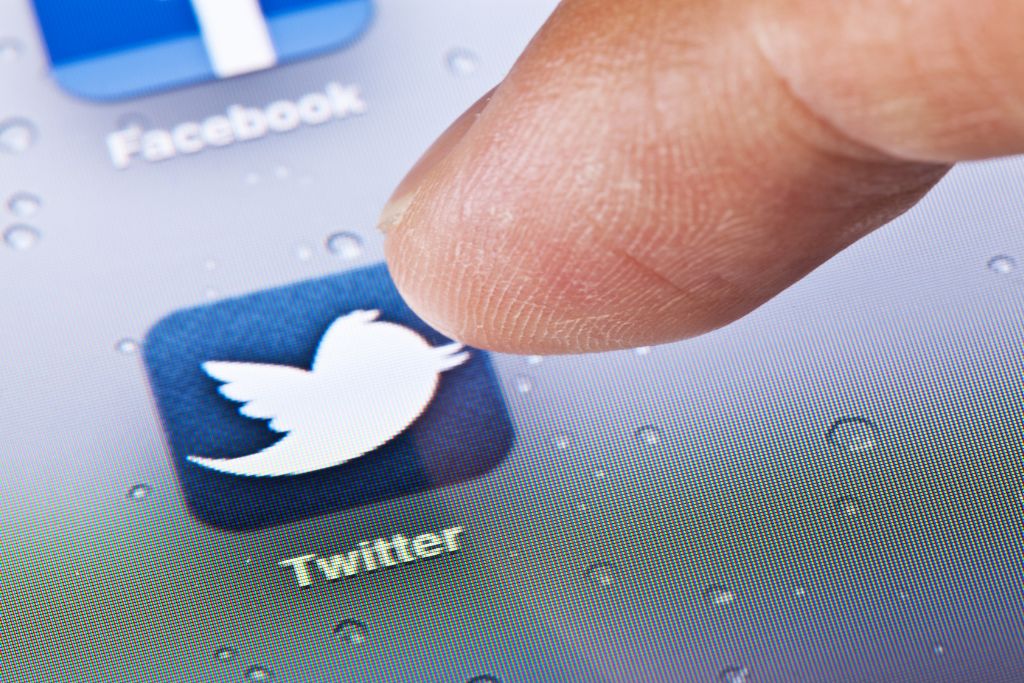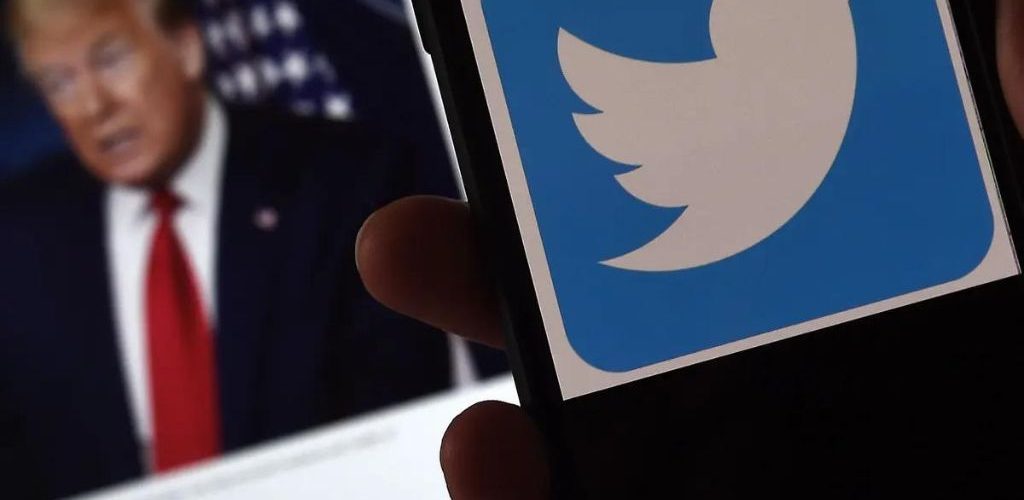As the dust settles on Elon Musk’s takeover of Twitter, marketers are reconsidering their relationship with the social media platform. The advertising industry giant Interpublic Group reportedly sent a recommendation to its clients to pause their Twitter spending. Marketers bristle at the thought of their ads appearing alongside hate speech, pornography and misinformation. They may decide to exit the platform for good if such content resurfaces or if Twitter’s policies don’t change.
Why is this happening?
Brand safety is an enormous concern for sophisticated marketers and brand owners. They spend millions on ad campaigns and are paranoid that their ads will be placed next to content that highlights negative aspects, misuse, or misconceptions of the product they sell. This could damage their reputation, and directly impact their bottom line.
As such, they invest in the latest technology and vetted ad networks to ensure that their messages reach only their intended audiences. This is even more critical when it comes to social platforms like YouTube, TikTok, and Instagram. These user-generated platforms are difficult to police, and their content is more susceptible to misrepresentation and inflammatory remarks.

It is also challenging for brands to differentiate between their official accounts and those of impersonators and parody accounts on these sites. As such, they are forced to continually update their exclusion lists to include new unsafe domains. This is a time-consuming and resource-intensive process, particularly for large global brands.
What does this mean for brand safety?
Brand safety has become a major concern for marketers. Companies are afraid their ads could be placed next to a piece of harmful content that will damage their image and reputation. This includes crimes, adult content, terrorist activity, fraud and misinformation.
Many ad networks now offer a variety of controls and assurances to ensure that their advertisers’ ads are not shown next to harmful content. This is known as brand safety or brand suitability.

The problem is that it’s impossible to completely guarantee your advertising will not be placed next to harmful content. This is especially true for social media platforms and other user-generated content. For example, in 2017, YouTube’s ad placement problems surfaced where advertisers had to pause or pull their advertisements due to them appearing next to hateful or extremist content. This led to a campaign called “Stop Funding Hate” which was started by several companies to push for improved standards when it comes to programmatic advertising on YouTube and other social media platforms.
What can we do about it?
Brand safety is a growing concern for marketers because it is not always within their control. When an advertisement appears alongside unsuitable content, it can damage a company’s reputation and create negative associations in the minds of customers. This can lead to a loss of sales and decreased customer trust.
Companies can combat brand safety risks by ensuring their ads are placed in appropriate contexts. This can be done by using brand suitability metrics to ensure ads are in line with the company’s values. It is also important to work with trusted partners and maintain a thorough monitoring process.

Despite these measures, it is still necessary to have protections in place to limit the risk of an ad being served next to unsuitable or unsafe content. This is especially true in a digital environment where automation is standard when buying media. This is why companies like Meta offer brand safety features to limit the placement of their ads on dangerous sites.
What is the future of Twitter?
In the short term, marketers will need to be careful about where their ads are placed on Twitter. And they’ll need to stay up to date with any changes in the platform’s content moderation policies.
This is particularly important given that Twitter relies on significant ad revenue to sustain operations. If sponsors pause or pull their spending, it could make it difficult for Twitter to maintain its operations or make critical updates.

But in the long term, whether or not Twitter can restore advertiser confidence will largely depend on its ability to balance users’ freedom of speech with creating a safe space for brands. And it may take some time to determine how well the company is able to do this. In the meantime, it’s worth a reminder that this is just a bump in the road. And that Elon Musk has a history of making bold, risk-taking decisions at Tesla and SpaceX. He can certainly be counted on to deliver innovation at Twitter, too.
According to “Marketers Reconsidering Their Relationship With Twitter,” marketers are rethinking how they utilize Twitter as a marketing tool due to the platform’s and people’s shifting tastes. YouTube advertising is growing increasingly common during this shift. “5 Creative Ways to Use YouTube Ads for Your Blog” discusses bloggers’ underutilization of YouTube’s advertising potential. This post discusses five effective ways blogs can use YouTube ads to increase traffic, engagement, and sales. In “Marketers Rethinking Their Relationship with Twitter,” readers can learn how to optimize YouTube advertisements to boost their blog’s reach.





